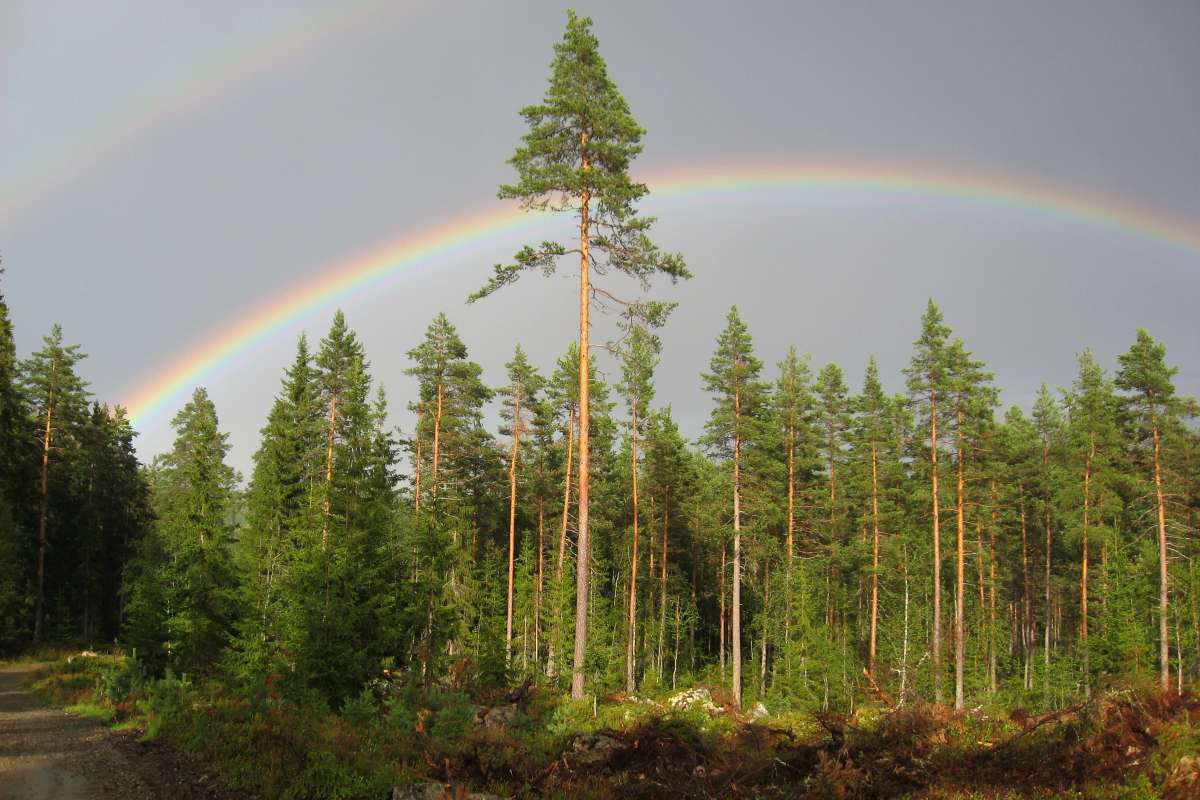Birch in growth

Photo: Dan Aamlid
Birch is more than just firewood. This tree species is used for furniture, paneling, knife handles and can play a more important role in Nordic design. A new report from NIBIO highlights the potential for more quality-adapted use of birch.
"People need to be less afraid of planting and using birch," says Dr Katrin Zimmer.
As one of the authors behind the most comprehensive report on birch in Norway to date, Dr Zimmer is clear, and the conclusion is evident: in a design context is birch the smaller and less famous sibling to ash and oak can be utilised for a lot more than just firewood.
She explains that the potential is large. Birch is traditionally important, but it is also our third most important tree species – after spruce and pine. As a raw material, birch timber can be used for various applications, including packaging and furniture, but also as carpentry material or in load-bearing structures.
Dr Zimmer sees significant potential for the development of more birch-related industries.
"But we need more knowledge. Among other things, we lack accurate figures for strength grading and sorting of birch timber."
Even forest owners have become more aware of birch. It grows quickly, is not susceptible to root rot and is aesthetically pleasing. Moreover, birch is a robust tree with regard to climate change.
Geir Korsvold at Glommen Mjøsen Skog says that most birch timber is sold as firewood, but they also export some as pulpwood to the Swedish cellulose industry. He thinks more birch could be sold as saw timber. Knot-free birch with straight trunks can be achieved through good forest management.
The report "Birch in Norway" provides an overview of the amount of birch, predictions for volume and growth, current uses of birch, potential uses, bottlenecks, and barriers for increased birch utilisation. Additionally, it reviews existing knowledge on birch regeneration and management.
Contacts

Purpose
Acquire more knowledge about the characteristics of birch.
Contacts





